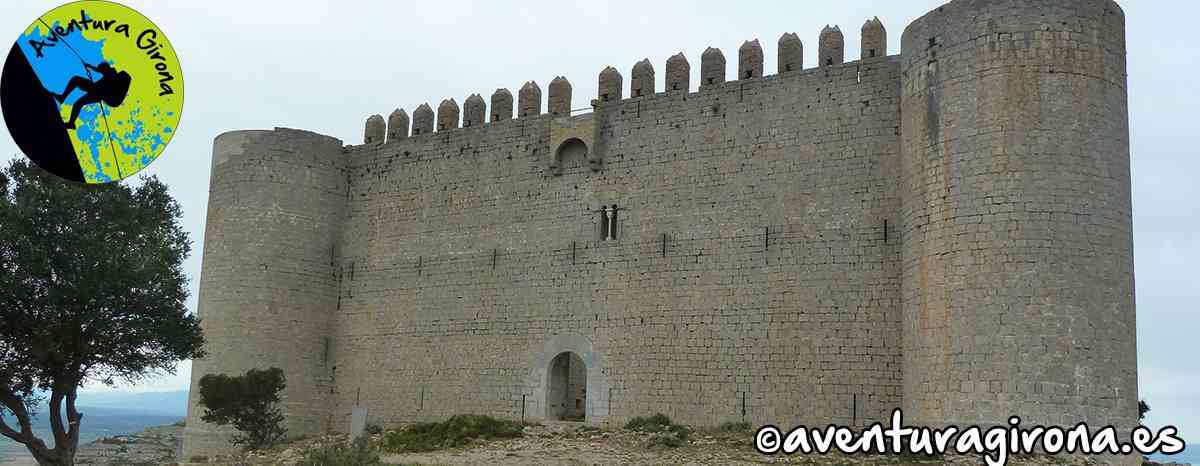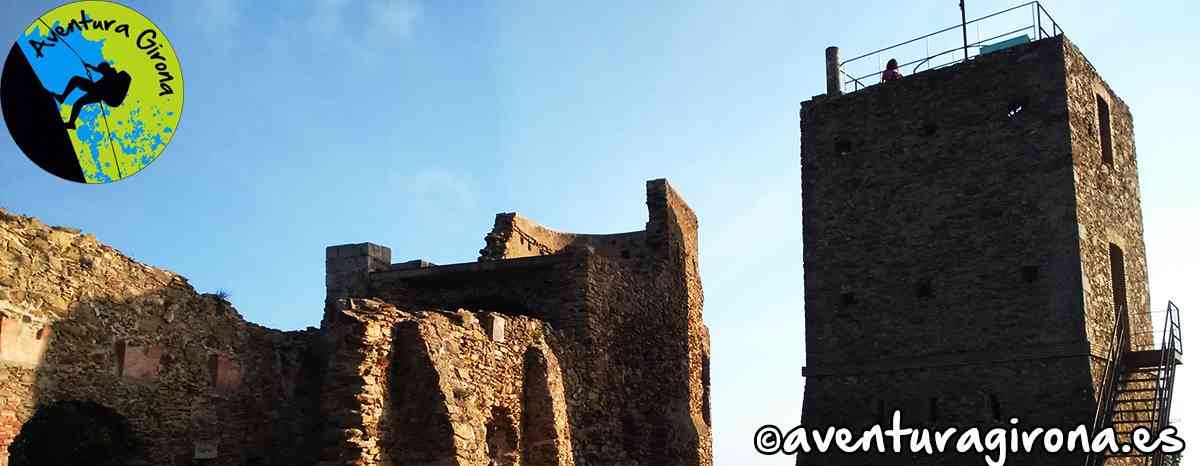Trekking is a form of long-distance walking that involves traveling through natural environments, often over rough terrain and for multiple days.
It is a popular outdoor activity that offers a range of benefits, from physical fitness and mental well-being to cultural immersion and forging deep connections with nature.
![]()
Trekking: Definition, History, Benefits, and Equipment
DEFINITION: Trekking is an activity that involves walking for days on end, often in solitude, allowing for reflection and inner peace. It is a form of hiking that takes place in remote areas, often with challenging terrain and unpredictable weather conditions. Trekking can be done in a variety of environments, including mountains, forests, and deserts.
HISTORY: Trekking has a rich history that dates back centuries. It was likely used as a way to travel and explore new areas, as well as for gathering food and supplies. Hiking played an important role in Ancient Egyptian culture and lifestyle, allowing people to connect with nature in a unique and special way. In the 1800s, hiking became more popular as a way to see new areas and explore the wilderness. Hiking continued to grow in popularity, and new trails were being created all over the country. Today, trekking is a significant part of the global tourism industry, contributing to local economies, especially in regions known for their natural beauty.
¿Ready for your next adventure?
TREKKING
BOOK HERETrekking is an exciting and rewarding activity that offers a range of benefits, both physically and mentally.
- Physical fitness: Trekking is a great way to improve cardiovascular health, build endurance, and strengthen muscles. It can also help with weight loss and improve overall physical fitness
- Mental well-being: Trekking can reduce stress, anxiety, and depression. It provides an opportunity to disconnect from technology and connect with nature, promoting mental clarity and inner peace
- Cultural immersion: Trekking allows travelers to experience different cultures and customs, often in remote areas that are not accessible by other means of transportation
- Environmental awareness: Trekking promotes environmental awareness and conservation. It provides an opportunity to appreciate the natural beauty of the environment and understand the importance of preserving it for future generations
Trekking Activities
Trekking is an exciting and rewarding activity!
EQUIPMENT
- Backpack: A backpack is necessary to carry all the gear needed for the trek. It should be comfortable, durable, and have enough space to carry all the necessary items.
- Footwear: Trekking boots or shoes are essential to provide support and protection for the feet. They should be comfortable, waterproof, and have good traction.
- Clothing: Clothing should be lightweight, breathable, and moisture-wicking. It should also be appropriate for the weather conditions and environment.
- Navigation: A map and compass or GPS device are necessary to navigate through remote areas. It is also important to have a backup navigation system in case of equipment failure.
- First aid kit: A first aid kit is essential to treat minor injuries and illnesses that may occur during the trek.
- Water and food: Trekking requires a lot of energy, so it is important to bring enough food and water to stay hydrated and nourished.




